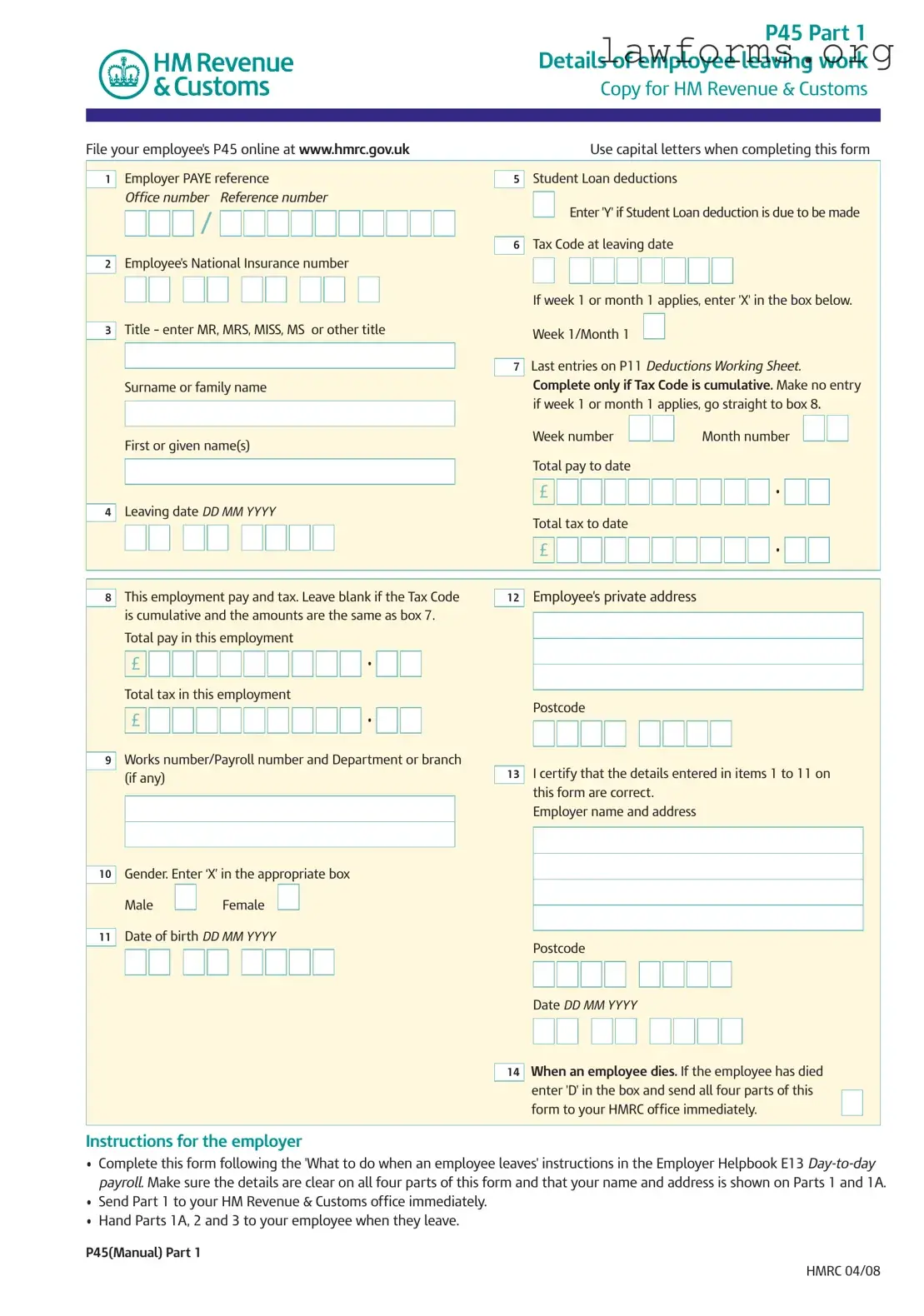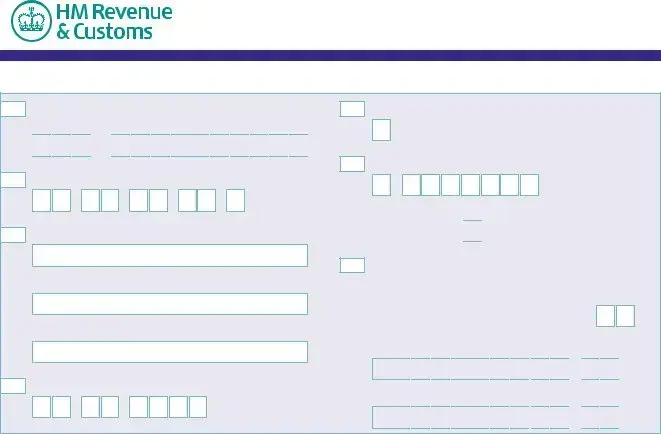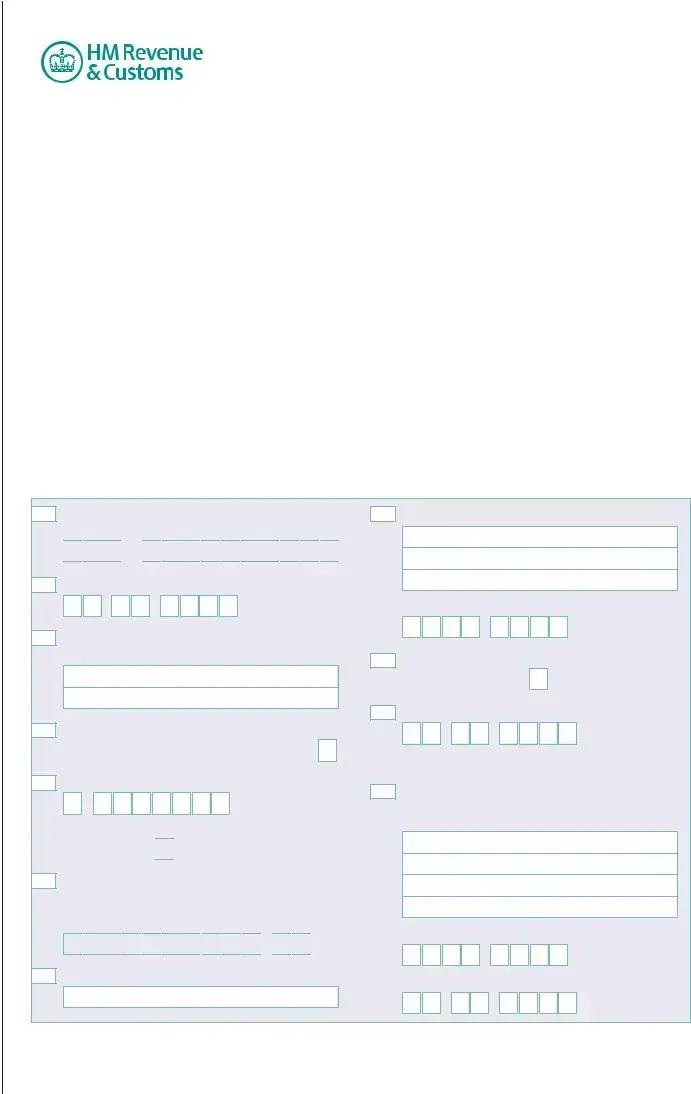- Misconception 1: The P45 form is only for employees who quit their jobs.
This is incorrect. The P45 form is also issued when an employee is laid off, made redundant, or even in cases of death. It's a record of the employee's pay and tax deductions regardless of the reason for leaving.
- Misconception 2: The P45 is not necessary for tax purposes.
In reality, the P45 is crucial for tax purposes. It helps the new employer to determine the correct tax code and deductions. Without it, an employee may face incorrect tax deductions, leading to overpayment or underpayment.
- Misconception 3: Employees do not need to keep their P45.
This is false. Employees should keep their P45 safe, as it contains important information needed for future tax returns or when starting a new job. Copies are not available, so it’s essential to store it securely.
- Misconception 4: The P45 form only has one part.
The P45 actually consists of four parts. Part 1 goes to HM Revenue & Customs (HMRC), while Parts 1A, 2, and 3 are given to the employee and the new employer. Each part serves a specific purpose in the employment and tax process.
- Misconception 5: You can fill out the P45 form incorrectly without consequences.
Filling out the P45 incorrectly can lead to serious issues, such as incorrect tax codes and deductions. It’s important to ensure all information is accurate to avoid complications with tax payments.
- Misconception 6: You do not need to inform HMRC if the employee dies.
This is a misunderstanding. If an employee passes away, the employer must indicate this on the P45 and send all parts of the form to HMRC immediately. This ensures proper handling of the employee's tax matters.
- Misconception 7: The P45 form is only relevant in the UK.
While the P45 is specific to the UK tax system, similar forms exist in other countries. Each country has its own procedures for documenting employment and tax information, but the concept of a leaving work form is common.
- Misconception 8: You don’t need to worry about the P45 if you are self-employed.
Self-employed individuals do not receive a P45, but they still need to manage their tax affairs. They must keep accurate records of their income and expenses and may need to file their own tax returns.
- Misconception 9: The P45 is only for full-time employees.
This is incorrect. The P45 applies to all employees, regardless of whether they are full-time, part-time, or temporary. Anyone who leaves a job will receive this form, ensuring their tax information is recorded accurately.









 /
/ 







































 •
• 





















 •
• 









 /
/ 







































 •
• 


